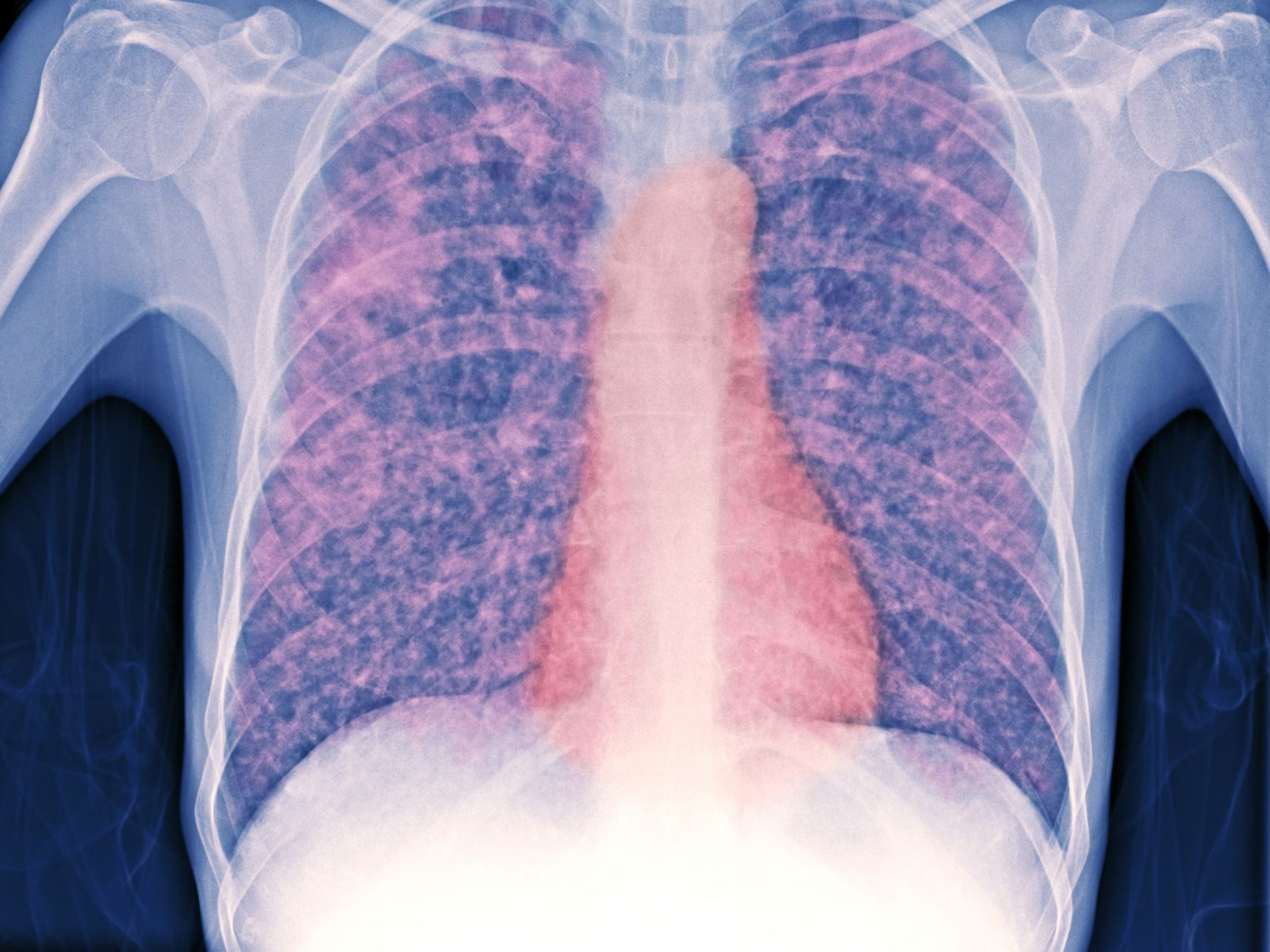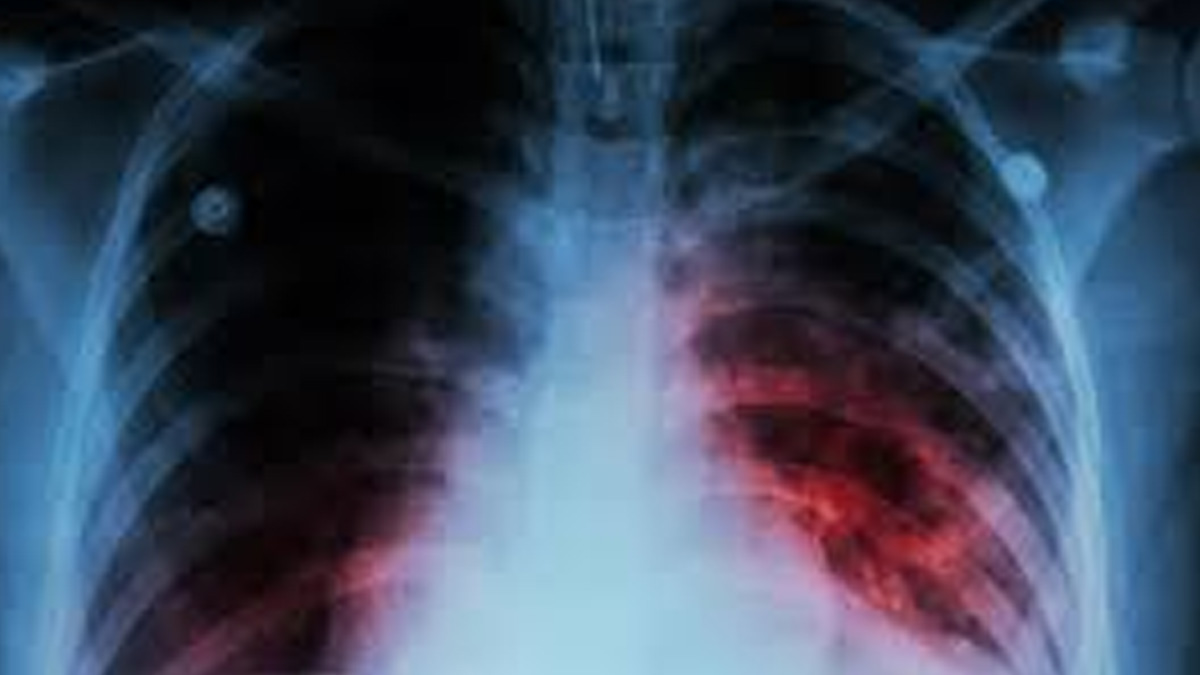Tuberculosis (TB) has reemerged as the leading cause of infectious disease-related deaths worldwide, according to a recent announcement from the World Health Organization (WHO). In 2023, TB accounted for 1.25 million deaths globally, including 161,000 among people living with HIV. This resurgence follows a three-year period during which COVID-19 held the title of the world’s top infectious killer. The stark figures highlight the ongoing public health challenge posed by TB, particularly as it gains renewed attention amid efforts to combat other infectious diseases.
TB is a preventable and treatable disease caused by bacteria that primarily target the lungs but can also affect other organs. It spreads through the air when an infected person coughs, sneezes, or talks. While it is estimated that about a quarter of the global population has been infected with the TB bacteria, only 5% to 10% will develop the active disease. Importantly, only those with active symptoms can transmit the infection, emphasizing the need for early detection and treatment to curb the spread.

All individuals are at risk for contracting TB, especially in environments where people congregate, such as hospitals, prisons, and homeless shelters. Dr. Masae Kawamura, a tuberculosis expert, describes TB as a “social disease” associated with crowded conditions and high mobility. Certain populations, particularly those with weakened immune systems, diabetes, malnutrition, or those who smoke or consume excessive alcohol, face a higher risk of developing active TB after exposure. Children and infants are also particularly vulnerable to the disease, and the activation of latent TB can be influenced by multiple risk factors.
The symptoms of TB can vary widely, ranging from mild signs such as coughing and fatigue to more severe manifestations like chest pain and night sweats. Diagnosis can be facilitated through rapid testing, and the disease is treatable with a regimen of antibiotics taken daily for four to six months. Common antibiotics include isoniazid, rifampicin, pyrazinamide, and ethambutol. Adhering to the full course of treatment is crucial to prevent the development of drug-resistant strains of TB, which complicate treatment and require alternative medications.
Preventing TB involves strategic measures, including the vaccination of at-risk populations. The BCG (Bacille-Calmette-Guerin) vaccine is administered to infants in many countries to reduce the incidence of severe forms of TB, although it is not effective for adults and is not widely used in the U.S. due to lower rates of TB and its interference with testing.
The best prevention approach focuses on identifying and treating latent TB infections, especially among vulnerable groups. Despite advancements in understanding and treating TB, it remains a significant global health threat, underscoring the need for ongoing awareness and proactive measures to combat its spread.
